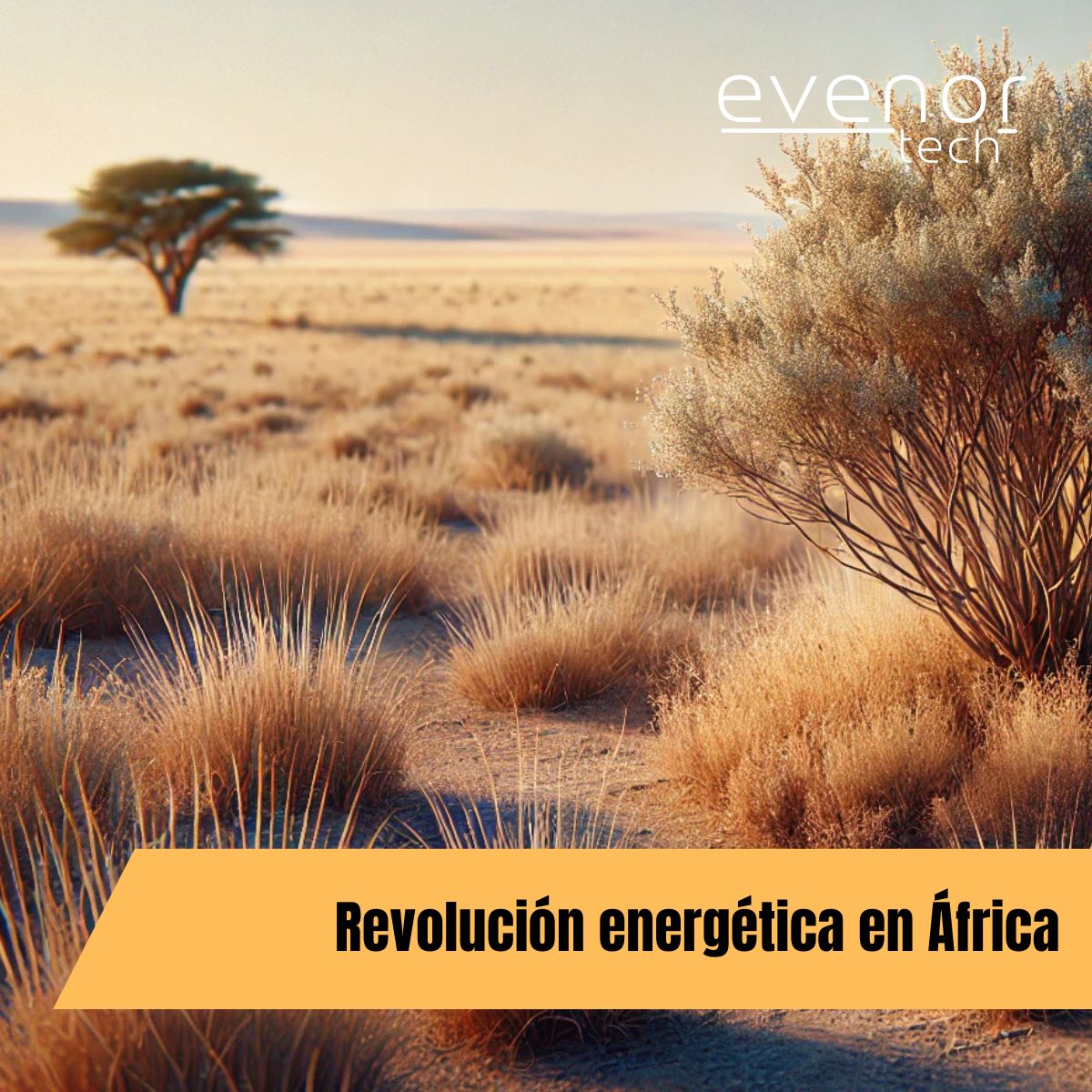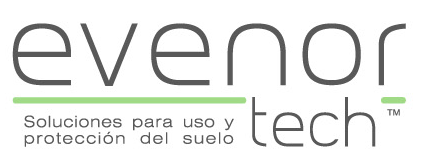
Published on CORDIS
The EU-funded SteamBioAfrica project has demonstrated how a serious environmental challenge—bush encroachment in southern Africa—can be transformed into an innovative solution for producing clean, affordable bioenergy. This initiative benefits both the environment and local communities, offering a sustainable pathway for land restoration and energy production.
With the support of the Horizon 2020 programme, this ambitious project has successfully converted millions of hectares of invasive bush into solid biofuel through a process called superheated steam torrefaction. Not only does this tackle land degradation and biodiversity loss, but it also aims to provide a sustainable alternative to the region’s heavy reliance on coal, reducing environmental impact and fostering rural development.
The Environmental Challenge in Southern Africa
Southern Africa is grappling with the problem of bush encroachment, which has degraded over 120 million hectaresof land—45 million of these in Namibia alone. This invasive overgrowth suppresses the growth of grasses and herbaceous plants, depletes groundwater reserves, and diminishes biodiversity. The impact extends to wildlife, livestock, and agricultural productivity, posing a significant ecological challenge.
Adding to the environmental crisis is the region’s high rural poverty, particularly among women and youth, with unemployment rates exceeding 50%. According to Heike Knicker, coordinator of the SteamBioAfrica project and researcher at the Spanish National Research Council (CSIC):
«This level of poverty mirrors the extreme income inequality in southern Africa, which ranks as one of the most unequal regions in the world.»
Compounding these challenges is the region’s dependency on fossil fuels. South Africa alone burns more than 200 million tonnes of coal annually. Off-grid communities, meanwhile, rely on firewood or charcoal for cooking and heating, practices that not only harm the environment but also result in severe health problems, particularly for women and children exposed to indoor air pollution.
Innovative Technology: From Invasive Bush to Clean Biofuel
The core innovation of the SteamBioAfrica project is the use of superheated steam torrefaction, a process that transforms invasive bush biomass into a clean-burning solid biofuel with properties similar to coal.
To demonstrate the feasibility of this technology, the project team built a small-scale industrial demonstration plant in rural Namibia, near Otjiwarongo, one of the regions most affected by bush encroachment. The plant processed over 200 tonnes of bush biomass, operating at a capacity of 250 kg per hour.
Knicker explained:
«We aimed to show that invasive bush can be turned into fuel without requiring major capital investments or compromising efficiency. The resulting biofuel is a cleaner, more sustainable alternative to firewood or charcoal.»
The biofuel produced has already been validated by both industrial stakeholders and households, with promising results. Interest is growing among potential commercial partners to scale up this solution, paving the way for its wider application across the region.
EVENOR-TECH’s Contribution: The TerraEnviron Geospatial Platform
A critical component of the SteamBioAfrica project has been the contribution of EVENOR-TECH, a company specialising in advanced geospatial solutions. EVENOR-TECH developed Terrenviron, a cutting-edge geospatial monitoring tool, which played a pivotal role in analysing and managing the environmental impact of bush encroachment and the subsequent land restoration.
Terrenvironis a highly intuitive platform powered by machine learning models, providing users with advanced insights into soil, vegetation, and erosion dynamics. Some of its standout features include:
- Soil Prediction Model: This feature delivers highly accurate soil organic carbon analyses, enabling precise evaluation of soil quality after invasive bush removal.
- Integrated Vegetation and Moisture Analysis: Leveraging advanced satellite data, TerraEnviron tracks vegetation health and moisture indices, helping to identify priority areas for ecological restoration.
- Species Habitability Modelling: The platform assesses the distribution of shrub species under different climate change scenarios, enabling planners to anticipate potential future impacts.
- Erosion Modelling: Users can easily upload data and analyse erosion trends over specific time periods, providing insights into the long-term effects of biomass harvesting.
The Terrenviron platform simplifies decision-making by generating clear and actionable visualisations. Users can upload their area of interest, select the variables they wish to analyse, and receive processed data in an accessible format.
As María Anaya-Romero, from Evenor-Tech, notes:
«Innovation within Terrenviron is an ongoing process. We’re constantly integrating new machine learning models, enhancing visualisation tools, automating data processes, and expanding the range of environmental variables and datasets available.»
TerraEnviron not only supported the identification of affected areas and analysis of restoration potential but also added immense value to the project by making data-driven planning accessible and actionable.
Large-Scale Benefits and Replication Potential
Huw Parry, innovation manager for the project, outlined the ultimate goal: achieving cost parity with coal, which would make the adoption of this technology economically viable on a larger scale.
According to Parry, a single industrial plant operating at 5 tonnes per hour could sustainably restore over 4,000 hectares of land annually. Beyond mitigating bush encroachment, this would improve ecosystems, create rural jobs, and unlock economic opportunities for some of the most marginalised communities in the region.
While SteamBioAfrica has focused on southern Africa, Parry highlighted that the technology could also be applied in other regions of the world facing similar challenges with invasive species.
Future Upgrades for Commercial Viability
To ensure economic viability at scale, the project team has developed a detailed upgrade plan for the demonstration plant. Key improvements include enhanced energy efficiency, automation, and streamlined processes.
The team is currently seeking additional funding to implement these upgrades. Once validated, the first commercial-scale plant is set to be deployed at a local cement factory in Namibia, marking a significant step toward widespread replication of the technology.
Conclusion
The SteamBioAfrica project, bolstered by the innovative contributions of EVENOR-TECH and its TerraEnviron geospatial platform, stands as a powerful example of how cutting-edge technology can transform environmental challenges into sustainable solutions.
By converting invasive bush—a pressing ecological problem—into a clean, sustainable energy source, the project addresses critical global challenges in energy, biodiversity, and social development.
For more information about SteamBioAfrica and other EU-funded projects, visit CORDIS.

